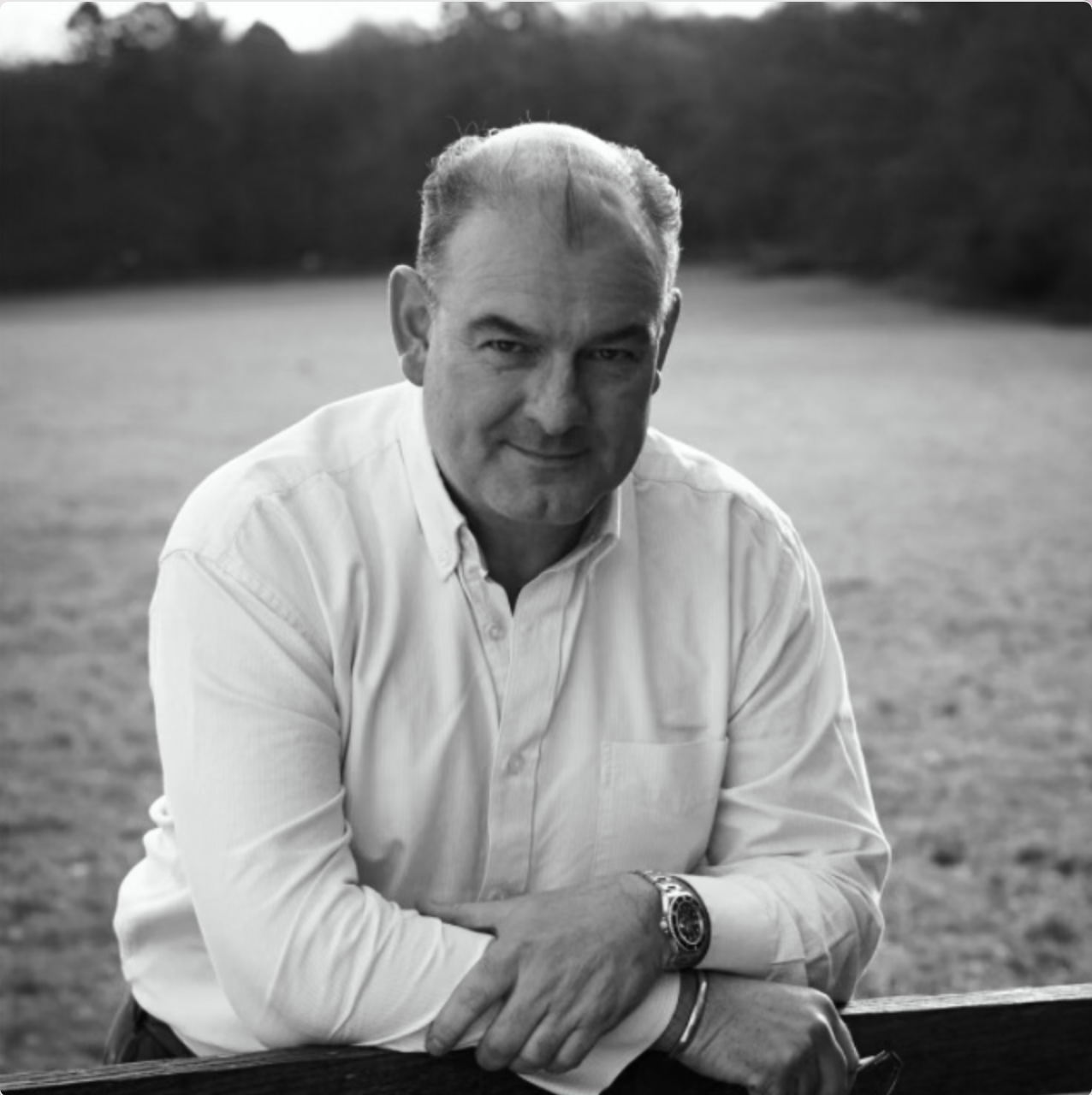“This garden makes a huge difference to the lives of countless patients and their tireless support systems”
Rhianna Colyer, ITU nurse
The Garden design and build
Leading landscape and garden designers Bowles & Wyer have created this fabulous garden, designed by Chelsea Flower Show Gold Medal winning Garden Designer, James Smith, taking into account input from patients, their relatives, doctors, nurses, psychologists, and Occupational Therapists, among other hospital staff. Using their considerable experience in creating hospital gardens they have brought this accessible and therapeutic garden space to life at Harefield Hospital.
“To have this wonderful garden for patients to access is fabulous for wellbeing and health”
Katharine Scott, Trust lead for Older People and Physical Disability
Bowles & Wyer Design Statement
The Healing Garden occupies an important location within the hospital grounds and has breathed new life and vigour into this part of the site.
We designed the new communal garden with a free-flowing organic design, with long sweeping footpaths meandering through generous beds of planting and bulbs in long grass. At the heart of the garden lies an elliptical-shaped meeting place where staff, patients and visitors mingle freely. Within this space is a raised flowerbed, with built-in seating and space for wheelchairs to be sat adjacent to it, enabling scented flowers to be within easy reach. Curved bench seating allows groups to sit in comfort and socialise, or simply relax peacefully in the surroundings. For those wanting privacy, small pockets of seating off the main pathways are nestled in amongst the planting. These spaces provide a mix of fixed seating and space for wheelchair users to pull into.
The intention was for the garden to act as a transition area for patients on the road to recovery, whether using wheelchairs or accessing by foot. The paths are however wide enough to cater for hospital beds if the need arises. Hospital wards can often feel like restrictive and controlling environments and we wanted to break away from this feeling in the garden by creating a distinct contrast. The healing garden embraces informal, free flowing and curvaceous geometry with beds of planting hugging seating areas, providing opportunity for close interaction with nature.
There are a number of existing trees in the Healing Garden and the majority were retained, giving maturity to the garden. The free-flowing footpaths, edged in hornbeam hedging, worked well in this scenario as they weave around existing rooting areas. No-dig construction principles were followed to avoid any damage to existing tree roots with porous resin bound gravel and brick pavers as the hard landscape materials. Stepping stones running between lawn areas and through planting has introduced an element of play for young visitors, and to help rehabilitation of patients Subtle lighting brings the spaces to life at night, with a mix of path lighting and up-lighters to tree canopies.
For the planting palette, sensory plants are important, the key aim however was to incorporate movement into the planting with large swathes of mixed ornamental grasses and flowering perennials. Maintenance has been kept to a minimum with most species only needing to be cut back in early Spring. Seed heads and spent flowerheads are left over winter, providing a skeletal structure that looks stunning when the frost settles.
To complement the planted borders, are sweeping beds of bulbs in long grass. Species such Galanthus, Narcissus, Fritillaria and Camassia have been used to encourage naturalisation and repeat flowering year on year.
Healing Garden Plant list
Trees: Amelanchiar Lamarkii; Cornus kousa chinensis; Crataegus prunifolia splendens; Fagus Asplenifolia; Hamamelis x intermedia”pallida”; Koelreutia paniculata; Liquidamber styraciflua Worplesdon; Parrotia persica “Vanessa”; Prunus x Incam okame; Sorbus aria Lutescens.
Hedging: Carpinus betulus.
Shrubs: Daphne x transatlantica; Deutzia Gracilis Nikko; Hydrangea paniculata “limelight”; Lavandula augustifolia “Munstead”; Mahonia soft caress; Rosmarinus officinalis prostratus; Rosmarinus officinalis; Salvia officinalis; Sarcocca confusa; Viburnum Bodnatense.
Perennials: Agapanthus “windsor grey”; Amsonia tabernaemontana; Anenome x hybrid Konigin Charlotte”; Artemisia Powis Castle; Astrantia Roma: Cirsuim rivulare; Echinacia Pallida; Erigeron bourgatii; Geranium Oxonianum “Wargrave Pink”; Geranium Roxanne; Knautia Macedonia; Nepeta racemosa “Walker’s low”; Persicaria amplexicaulus “firetail”; Salvia verticillata “purple rain”; Sanguisorba “Tanna”; Verbena boniarensis; Viburnum bodnantense.
Bulbs: Narcissus silver chimes; Casmassia Leichtlinii Alba; Fritillaria meleagris Alba; Galanthus nivalis; Allium sphaerocephalon; Allium Purple sensation; tulipa mixta; Hyacinthoides non-scripta; Hederifolium cyclamen.
Grasses: Anemanthele Lessoniana; Calamagrostis x acutiflora Karl Foerster; Deschampsia cestiposa “Gold Tau”; Hakonelachloa macra; Libertia grandiflora; Melica uniflora albida; Molinia Caerulea “Poul Petersen”, Nasella tenuissima; Panicum Virgatum “Heavy metal”; Sesleria autumnalis; Stipa giganteum.
Ferns: Crytomium fortunei; Polystichum aculeatum.

Meet the landscaping team

James Smith, Design Director
James is a Chelsea Flower Show Gold Medal-winning Garden designer, Chartered Landscape Architect, and Registered Member of the Society of Garden Designers, whose work has covered most areas of landscape and garden design. Graduating from the University of Gloucestershire with First-degree honors in 2004, James subsequently undertook a postgraduate diploma year whilst working part-time in landscape construction and maintenance. He joined Bowles & Wyer the same year, and in 2011 successfully passed his exams to become a Chartered Landscape Architect with the Landscape Institute. In 2018 James became a full member of the Society of Garden Designers after successfully passing the strict adjudication process. Keen to challenge himself further, James set up James Smith Landscape & Garden Design in 2021, winning a gold medal at RHS Chelsea Flower Show in 2023.

James Smith, Design Director
James is a Chelsea Flower Show Gold Medal-winning Garden designer, Chartered Landscape Architect, and Registered Member of the Society of Garden Designers, whose work has covered most areas of landscape and garden design. Graduating from the University of Gloucestershire with First-degree honors in 2004, James subsequently undertook a postgraduate diploma year whilst working part-time in landscape construction and maintenance. He joined Bowles & Wyer the same year, and in 2011 successfully passed his exams to become a Chartered Landscape Architect with the Landscape Institute. In 2018 James became a full member of the Society of Garden Designers after successfully passing the strict adjudication process. Keen to challenge himself further, James set up James Smith Landscape & Garden Design in 2021, winning a gold medal at RHS Chelsea Flower Show in 2023.
Matthew Maynard, Operations Director
Matthew graduated from Merrist Wood in 1990 and gained national recognition before joining our group’s construction arm in 2006. He has over 20 years’ industry experience working on private and commercial construction projects in the UK and abroad. Matthew’s core expertise lies in competitive pricing and management of sizeable landscape maintenance portfolios for blue chip companies, high profile local authorities and private estates.


Matthew Maynard, Operations Director
Matthew graduated from Merrist Wood in 1990 and gained national recognition before joining our group’s construction arm in 2006. He has over 20 years’ industry experience working on private and commercial construction projects in the UK and abroad. Matthew’s core expertise lies in competitive pricing and management of sizeable landscape maintenance portfolios for blue chip companies, high profile local authorities and private estates.
Patients say that the garden helps them
“feel part of the world”
Contact us

All funds raised go to the Harefield Healing Garden; a restricted appeal of the

All funds raised to go to the Harefield Healing Garden; a restricted appeal of the
